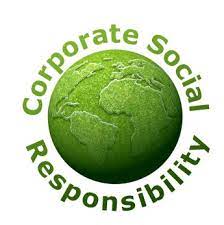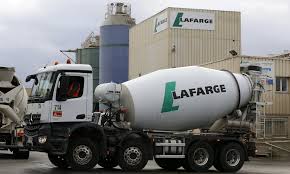
The economy showed signs of life in January, but many nonprofits remain mired in a prolonged sense of economic uncertainty.
Inflation rates have slowed and consumer confidence has made gains. Despite those positive trends many nonprofits are still struggling to cope with a major increase in demand for their services. With most Covid-era relief funding already used up, many groups are continuing to adapt, says Anne Hindery, chief executive of the Nonprofit Association of the Midlands, a membership group of Iowa and Nebraska nonprofits.
“We haven’t just learned to pivot — we’ve had to learn to pirouette,” says Hindery, who noted that some small nonprofits in her region have considered merging or closing altogether as they struggle to deliver services and hire enough staff amid continued uncertainty.
Here’s a closer look at some of the economic data experts say nonprofit officials should be watching.
Inflation
Inflation has continued to show signs of easing, registering a 6.6 percent growth rate in January 2022. While that was a slight increase over the previous month, it reflects a marked decline from last year’s painfully high rates.
However, the impact of those slower rates hasn’t trickled down to everyday Americans — or most nonprofits — says Jennifer Hutchins, executive director of the Maine Association of Nonprofits.
Even as inflation cools, she says, human-service nonprofits are still seeing heightened demand from people struggling to keep up with the costs of basic necessities, like eggs and diapers.
“I’m glad inflation’s easing off, but I’m not noticing it at the supermarket, and nonprofits aren’t noticing it quite yet,” says Hutchins, who added that increased demand has overshadowed any positive economic trends for many nonprofits.
Unemployment
The labor market remains extremely strong, with a national unemployment rate of 3.4 percent, its lowest level since 1969. The low unemployment rate has continued to present challenges for nonprofits struggling to hire employees amid surging demand and rising wages pegged to inflation.
Hiring employees is more difficult for nonprofits than for other employers in the economy because nonprofits’ revenue comes largely from donations, grants, and contracts that often don’t keep pace with rising costs, says Hutchins.
“There are many nonprofits in the sector that want to support their workers and want to give them a living wage,” she says. “So far we have struggled to really keep our wages up to the level that we want.”
Attracting new hires is even more difficult for nonprofits in states like Nebraska, where unemployment is lower than the national average, says Hindery. With permanently hybrid and remote workplaces becoming increasingly popular across the economy, she says, many nonprofits are also losing potential local talent to states with higher average wages — a kind of virtual domestic brain drain.
“It used to be that our competition for employees was with other nonprofits or the government” in our region, she explains. “Now we see that it can be from nonprofits in other states.”
Finding nonprofit accountants, directors, and fundraisers has been especially difficult over the past year, says Hindery, who noted that her association’s job board now sees roughly five times the number of postings per month as it did before the pandemic.
Consumer Sentiment
Consumer confidence rose 8.7 percent in January from the previous month, as measured by the University of Michigan Index of Consumer Sentiment. The increase indicates that as inflation and recession fears abate, Americans have become more optimistic about their financial outlook and more willing to spend money on the goods and services they care about — or their favorite charity.
Despite those positive signs, nonprofits are still struggling to attract donations from individuals, says Hutchins. Even as some large nonprofits reported successful year-end giving campaigns, many small charities have had trouble gaining traction with donors who still haven’t found their footing in an uncertain economy.
“It may appear that more money is being donated, but it’s from a few very wealthy individuals that are picking larger individual organizations,” says Hutchins. “It’s not the bread and butter of the nonprofit sector that really relies on their local communities and individuals.”
Stock Market
The stock market remains volatile, partially as a result of the Federal Reserve’s efforts to rein in inflation by raising the cost of borrowing. Even so, one benchmark equities index, the S&P 500, ended the month up 6.2 percent in January. The gains marked the S&P 500’s best January since 2019, driven by optimism that the Federal Reserve would continue to slow down the pace of its interest-rate hikes.
However uncertainty about future Federal Reserve action and disappointing earnings from major retailers have continued to make stocks volatile in recent weeks.









